Tackling climate change: our greatest challenge
What is climate change, what can be done and how long do we have?
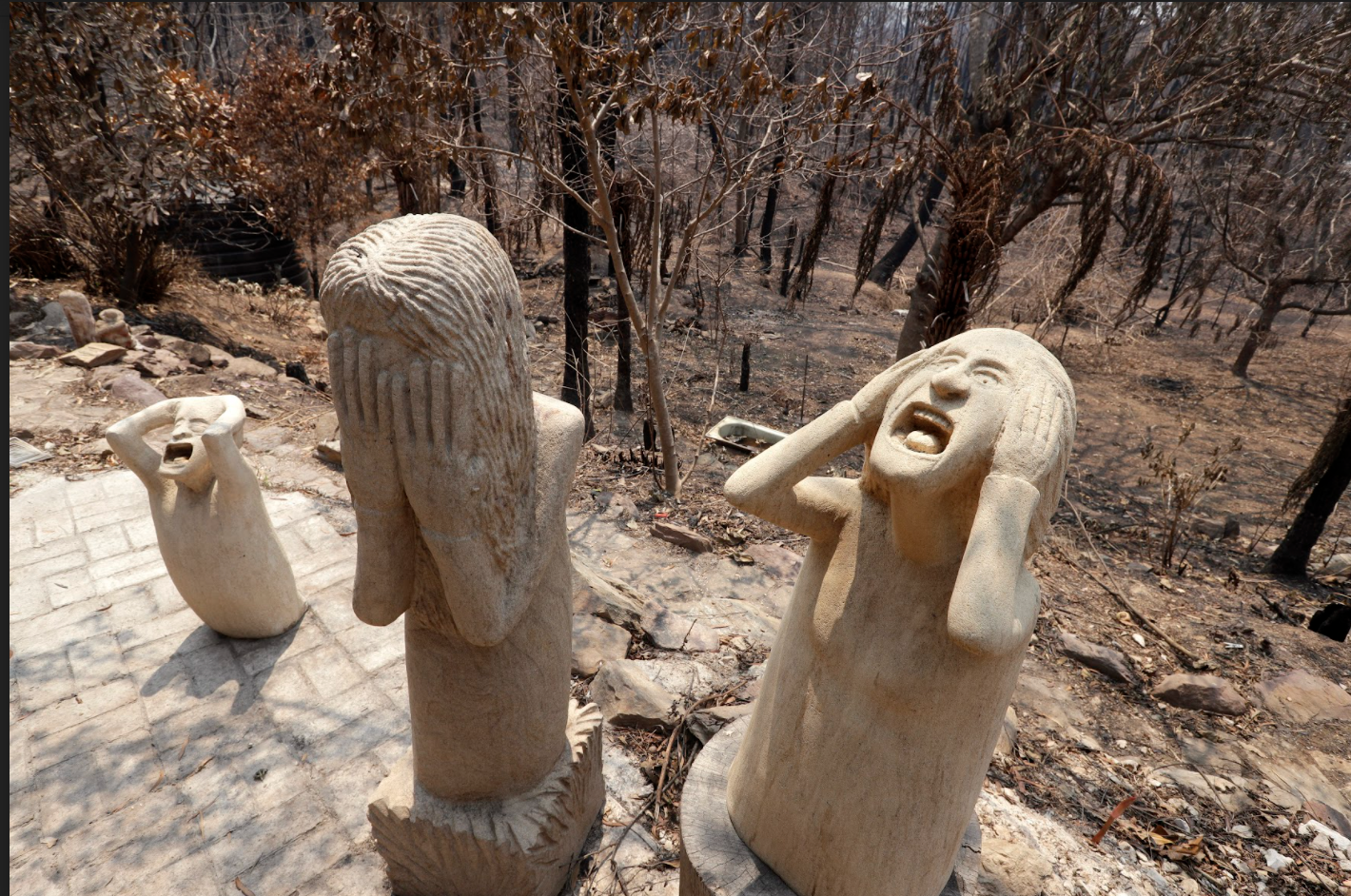
What is climate change?
Climate change is not a new phenomenon. There have always been fluctuations in climate – defined as the typical weather in a given place over several years. From around 950 to 1250 the north Atlantic had what's called the Medieval Warm Period, while from the 1500s to the 1800s Europe had what has often been described as the Little Ice Age.
However, since the 1950s scientists have grown increasingly alarmed by their research into how the world's climate has changed, notably since the start of the Industrial Revolution in around 1760. Careful recording has revealed that average temperatures have been rising around the world – hence the original phrase "global warming."
That phrase has fallen out of fashion as it became misunderstood, with some thinking it would mean more sunny days and less severe winters. In fact, rises in temperature can have severe effects on the delicate balance of the planet's biosphere – hence the usage since the 1980s of the phrase "climate change," and more recently "climate crisis" or "climate chaos."
What happens?
Raising the temperature does not produce slightly warmer days and milder winters. It leads to vastly more unpredictable weather events of that kind that now fill TV news broadcasts with startling regularity: intense heatwaves; wildfires such as those which have hit California and Southern Europe; extreme rainfall and flooding like that which affected much of Central Europe in July and August.
All these weather events are very damaging not just to property but to farming and agriculture. Previously workable land faces the threat of turning into desert, or being washed away in floods – or in some regions, both. Clearly, this is devastating farming and agricultural communities, plus the countries whose gross domestic product – or simple subsistence – relies upon them.
What causes it?
Since the Industrial Revolution, humankind has used ever-increasing amounts of oil, gas and coal for homes, transport and workplaces. Burning these fossil fuels releases greenhouse gases, particularly carbon dioxide (CO2), which trap the sun's heat within the atmosphere – causing temperatures to inexorably rise.
Since the 1800s, the amount of CO2 in the atmosphere has risen by 50 percent – and the world's average temperature is about 1.2 degrees Celsius warmer. The more fossil fuels we burn, the worse it gets – and forecasts suggest it will get a lot worse; even the most optimistic targets merely aim to reduce that temperature rise to 1.5 degrees Celsius.
How bad is it and how bad could it get?
In August 2021, the UN's climate change panel reported that the past five years were the hottest on record since 1850; that sea levels are now rising at triple the rate of 1901 to 1971; that global warming has caused irreversible changes; that glaciers could continue melting for centuries; and that the oceans will become warmer and more acidic.
The report insists the planet is in a "code red" alert situation, and that we must halve our global emissions by 2030 and reach net-zero emissions by 2050. It's a huge ask but there's a huge danger that failure may render large parts of the planet uninhabitable, causing mass migration and millions of deaths.
What needs to happen?
Systemic change, enforced by governments. The 2015 Paris Agreement, signed by nearly 200 countries, is a legally binding international treaty designed to keep the global temperature rise within 2 degrees Celsius of pre-industrial levels.
However, the handshakes and signatures have not been followed by significant action, especially with a culture of misinformation about climate change. In 2020, the then U.S. President Donald Trump formally withdrew his country from the Agreement, but even those who remain can hardly claim huge successes so far.
COP26 is an enormous opportunity for a new consensus among leaders to tackle what many have described as humankind's most existential problem.
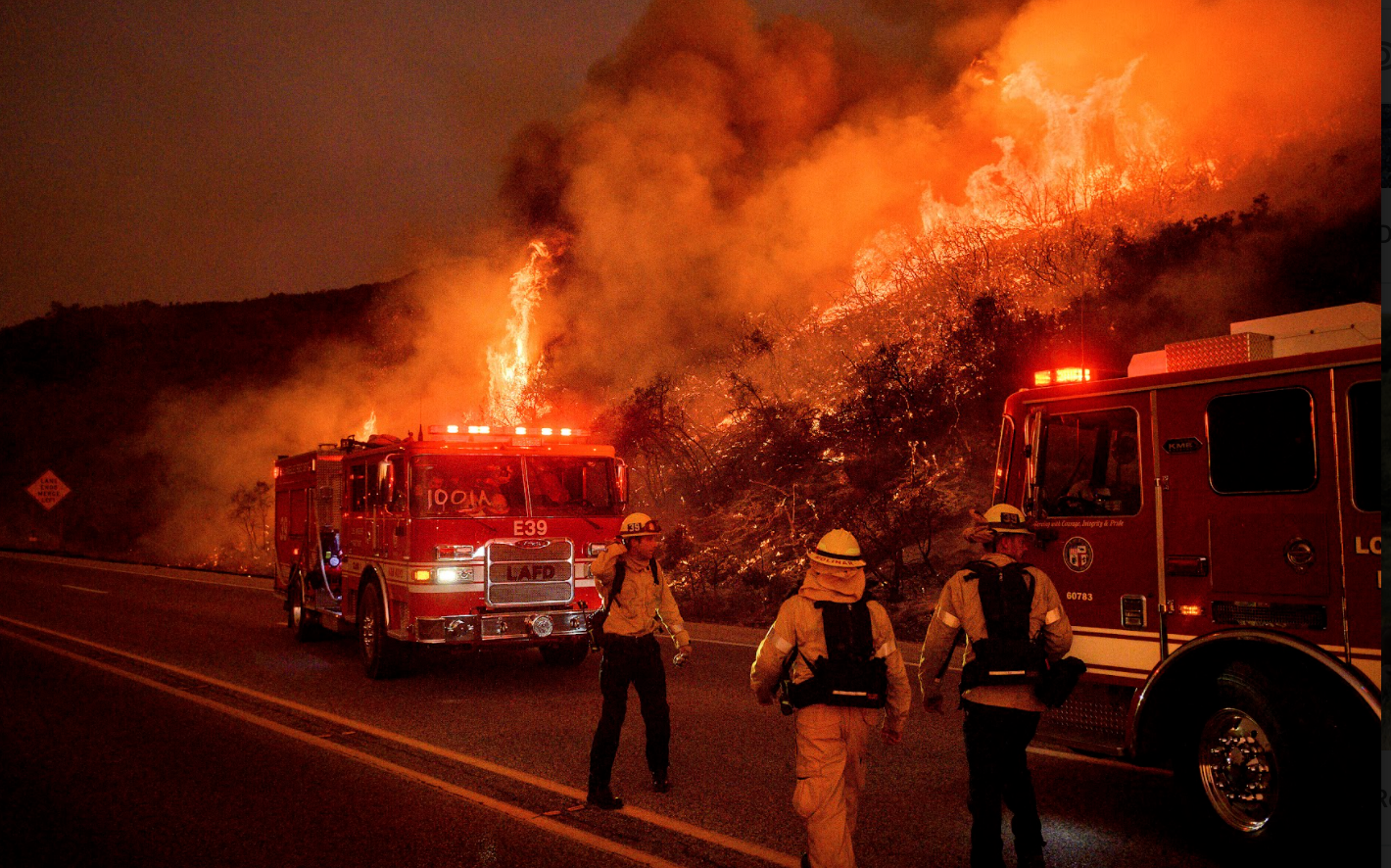
Fires burn above Santa Barbara, California 2019. /Noah Berger/ AP.
Fires burn above Santa Barbara, California 2019. /Noah Berger/ AP.
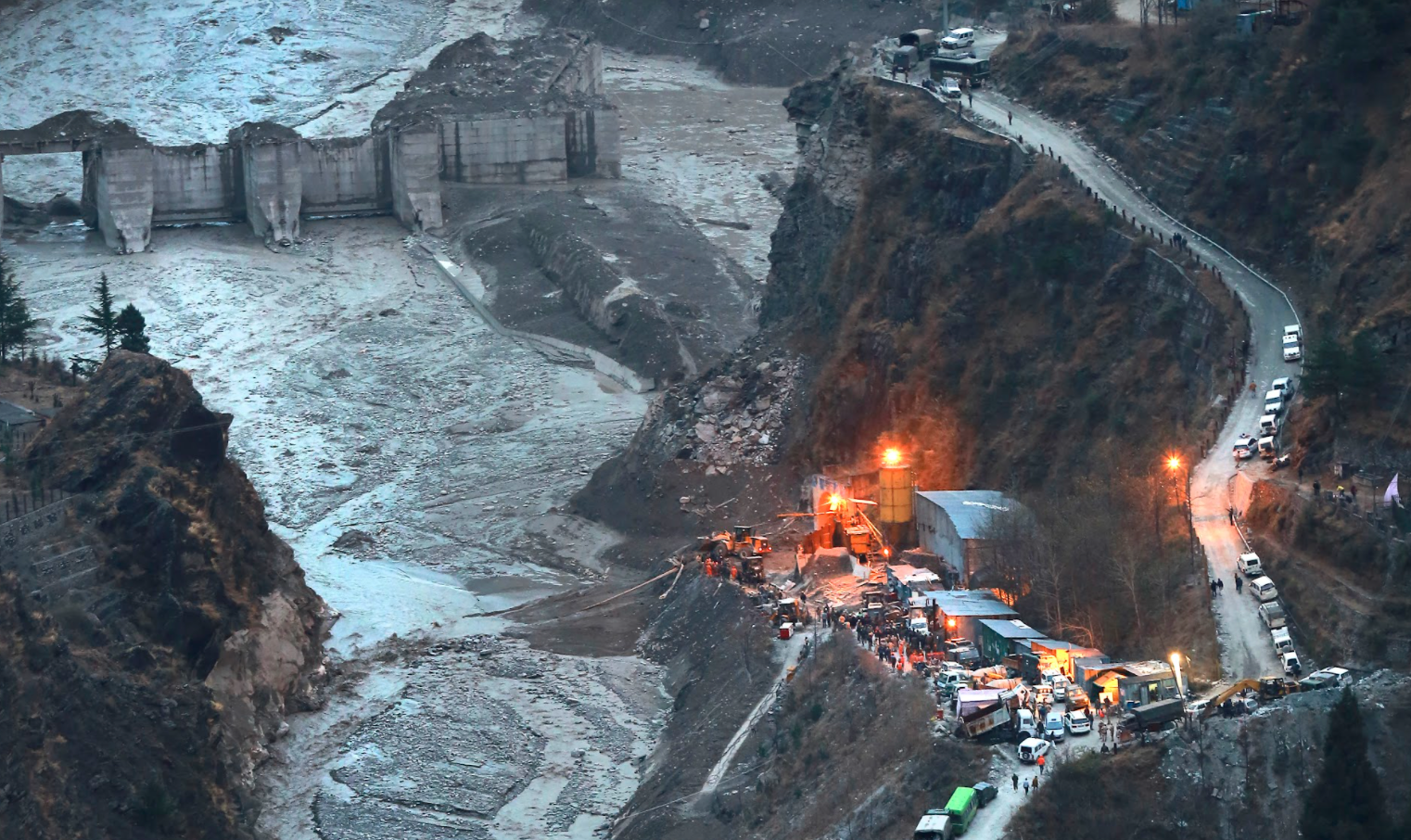
A aerial view of Tapovan barrage two days after a portion of the Nanda Devi glacier snapped off, releasing water trapped behind it in Tapovan, Uttarakhand, India, 2021. /AP Photo
A aerial view of Tapovan barrage two days after a portion of the Nanda Devi glacier snapped off, releasing water trapped behind it in Tapovan, Uttarakhand, India, 2021. /AP Photo
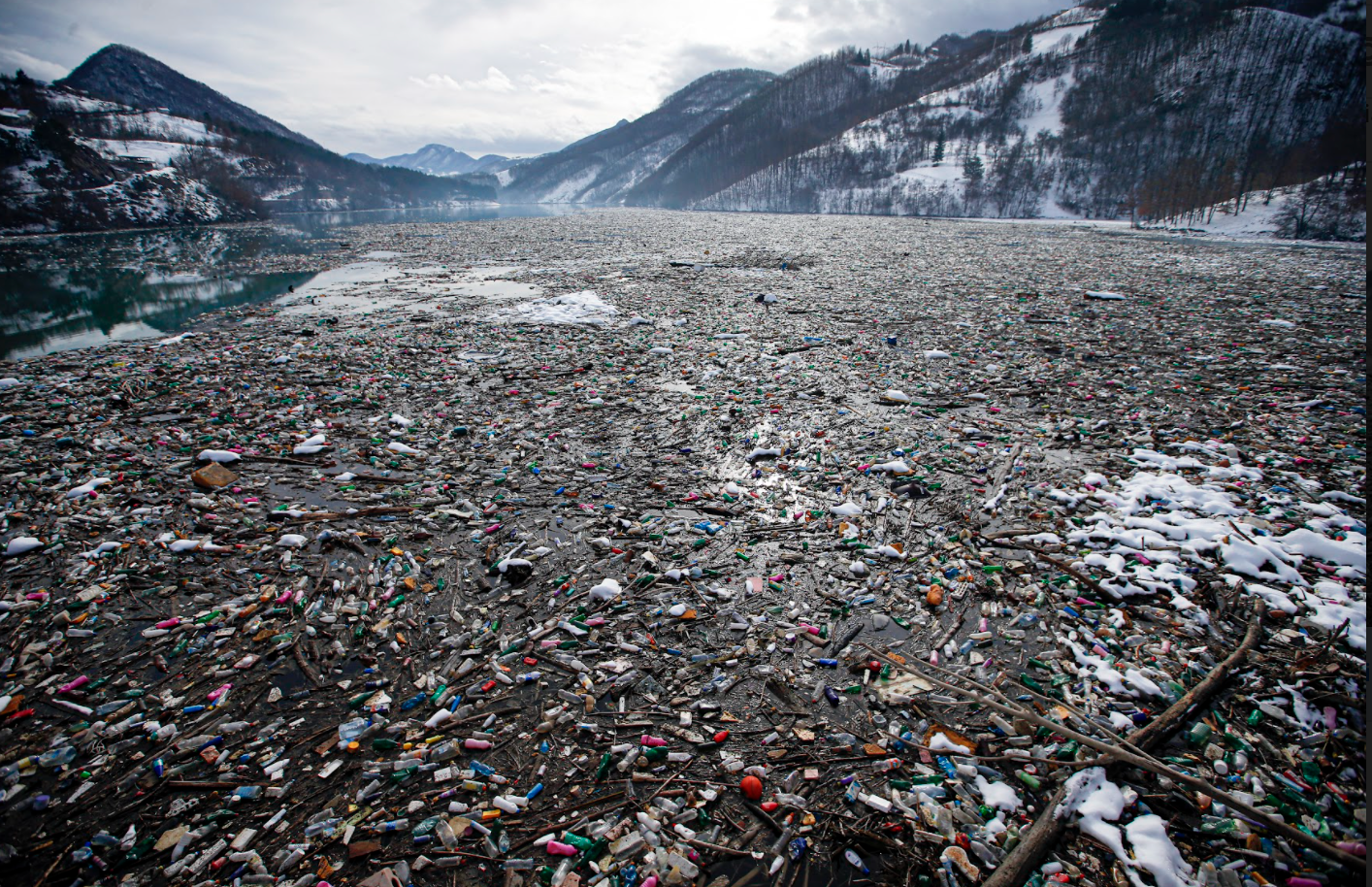
Plastic bottles and other garbage floats in the Potpecko lake near Priboj, in southwest Serbia 2021. /Darko Vojinovic/ AP
Plastic bottles and other garbage floats in the Potpecko lake near Priboj, in southwest Serbia 2021. /Darko Vojinovic/ AP
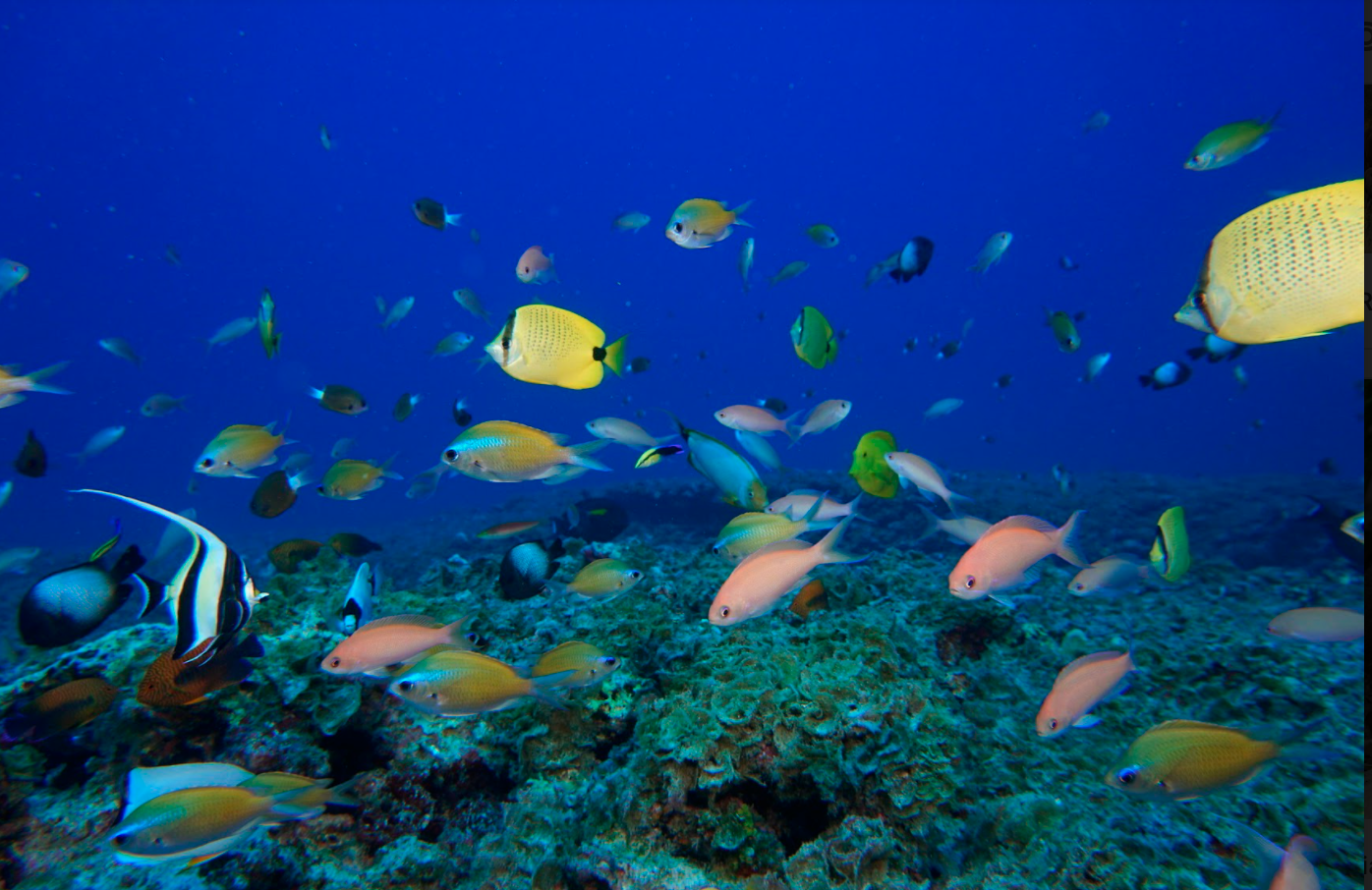
Fish swim in a reef in the Hawaiian Islands. A decade-long effort by the world to save the world’s disappearing species has mostly failed according to a United Nations biodiversity report released in 2020. /Jacob Asher/AP.
Fish swim in a reef in the Hawaiian Islands. A decade-long effort by the world to save the world’s disappearing species has mostly failed according to a United Nations biodiversity report released in 2020. /Jacob Asher/AP.